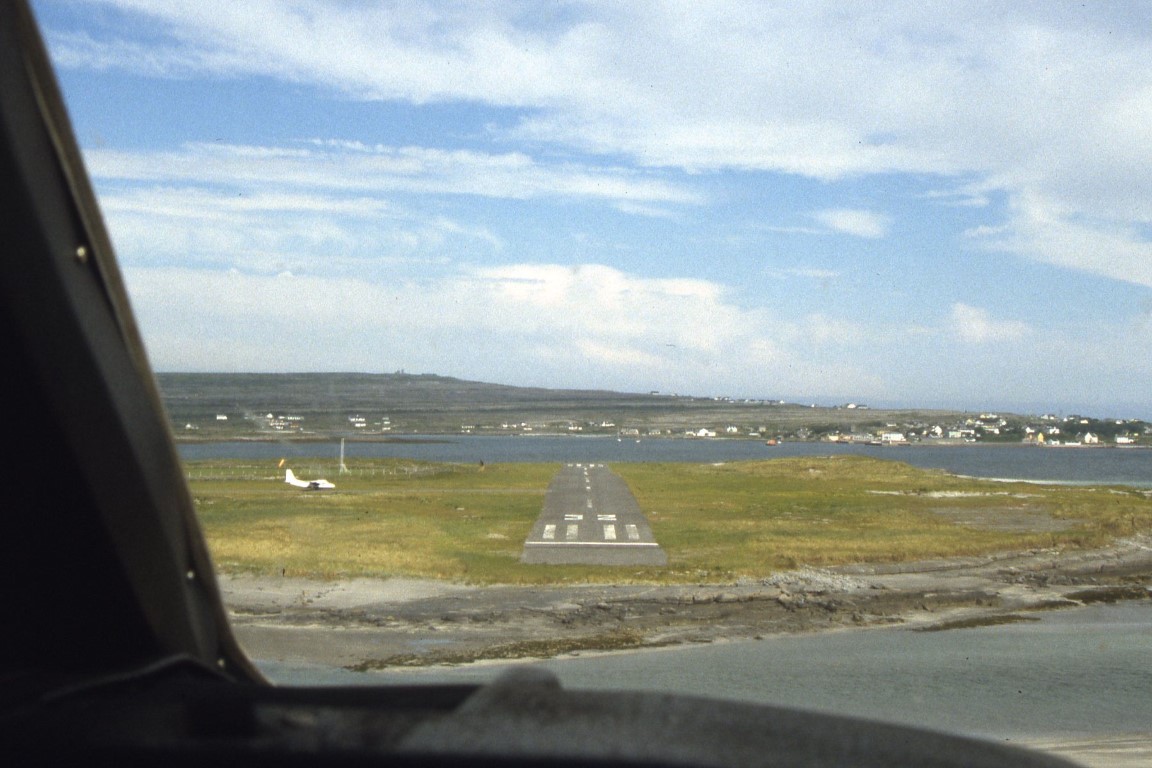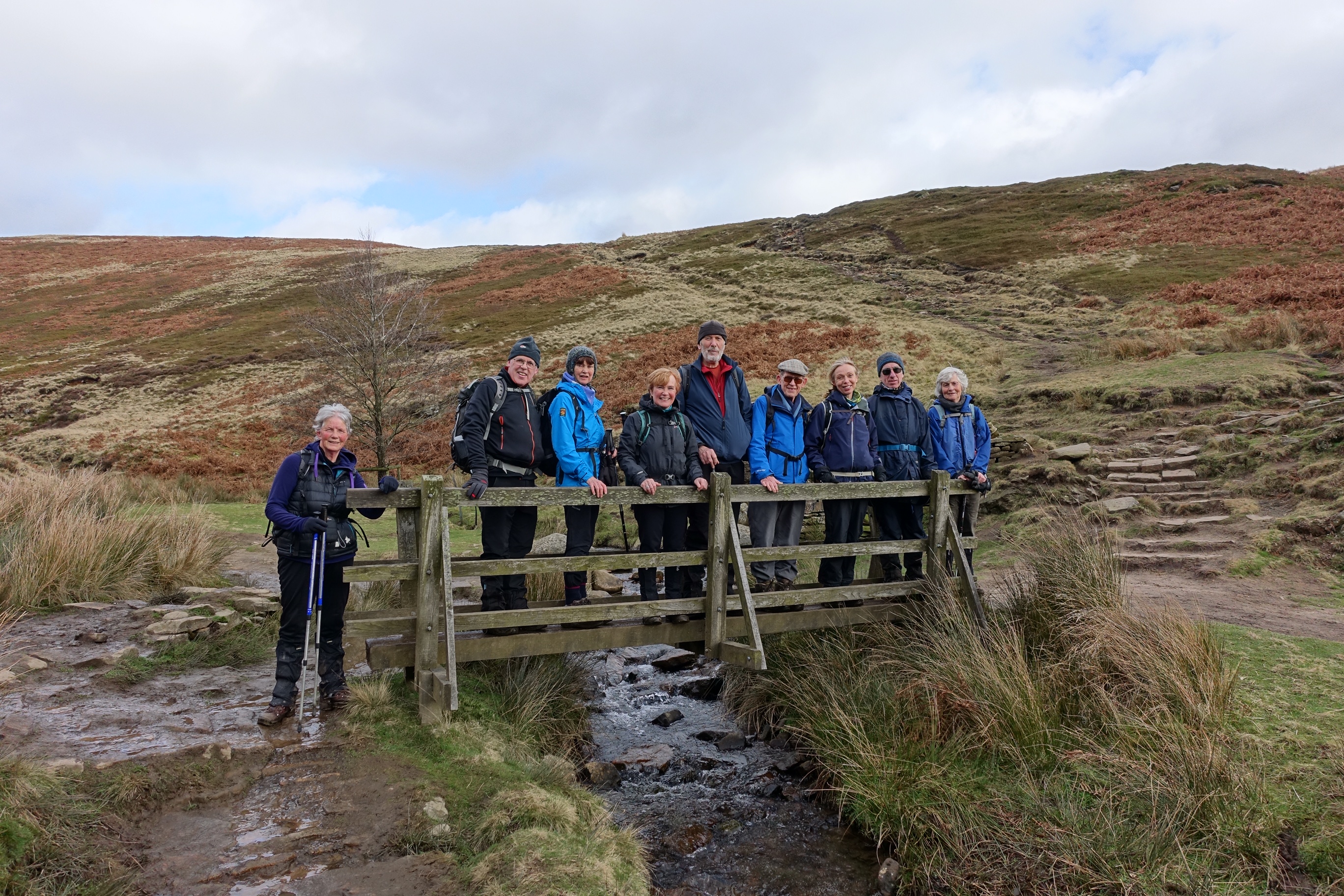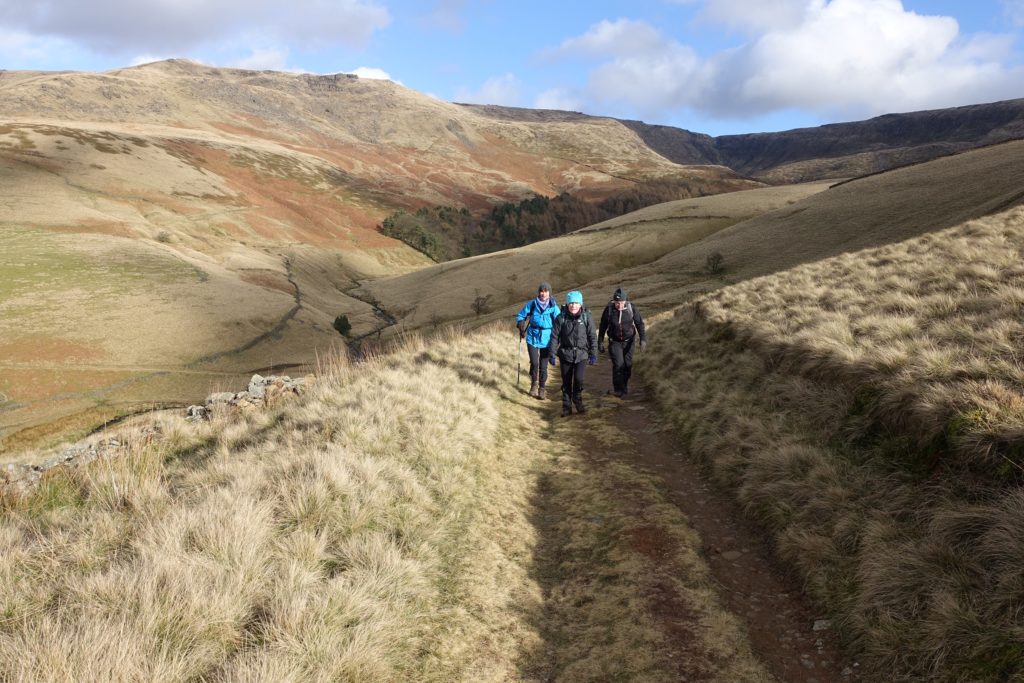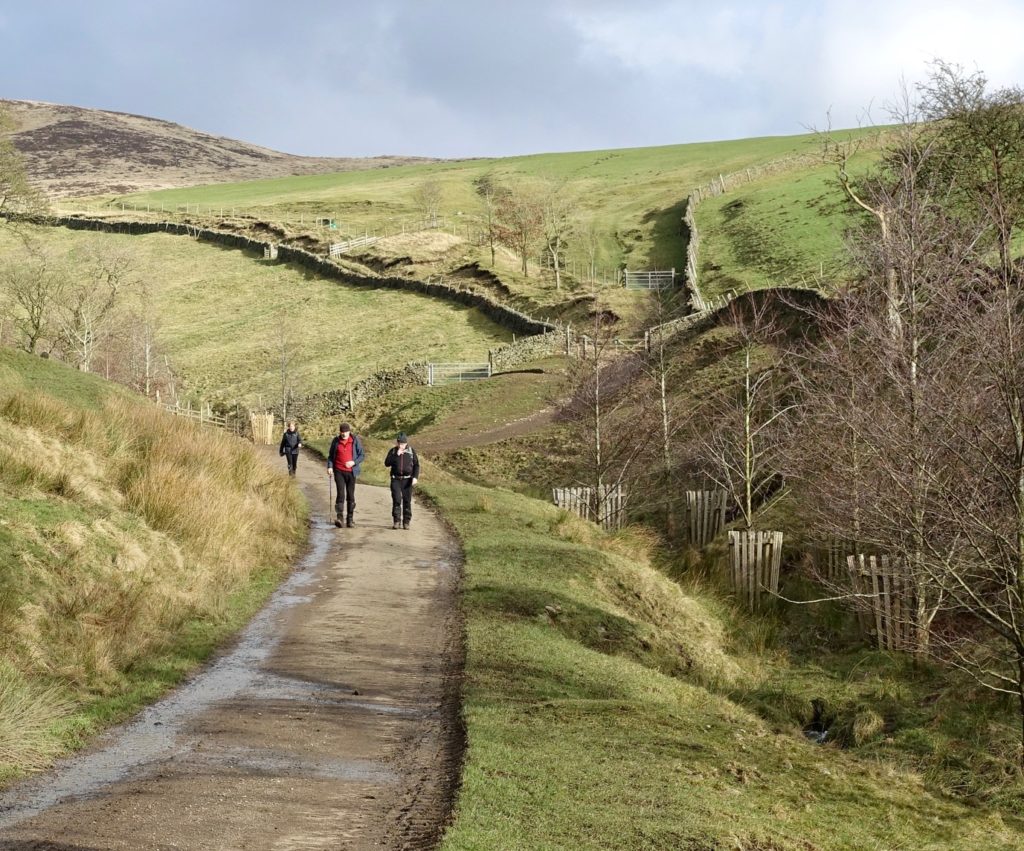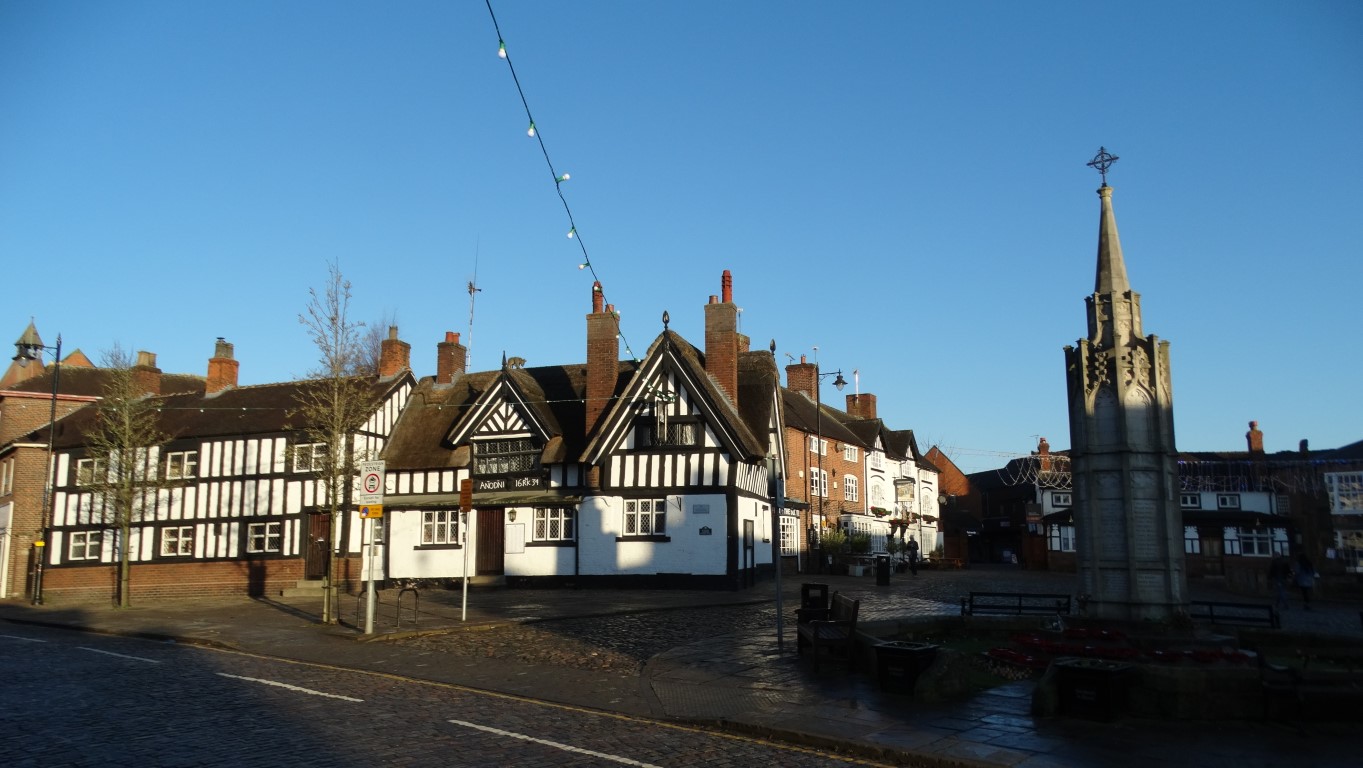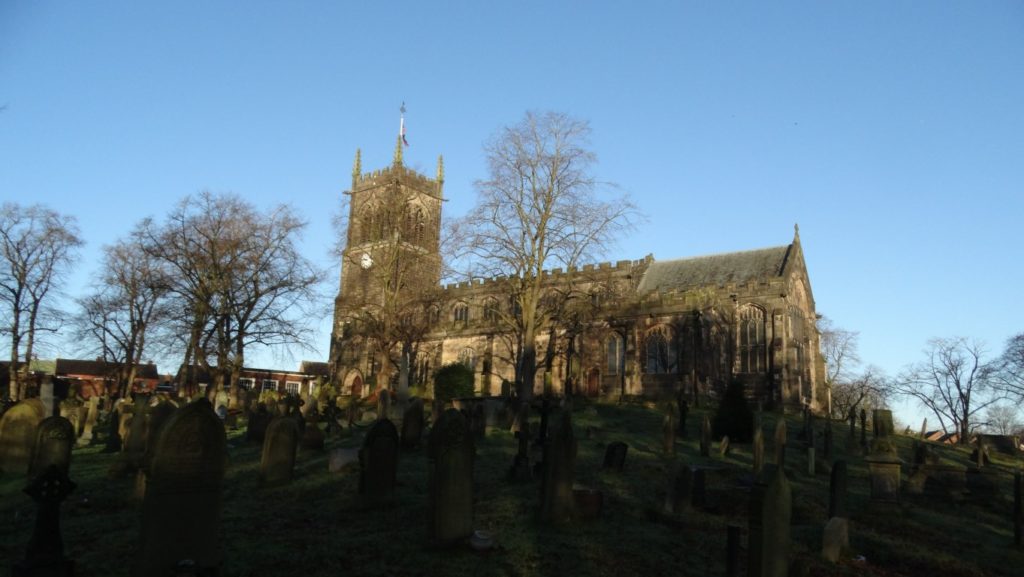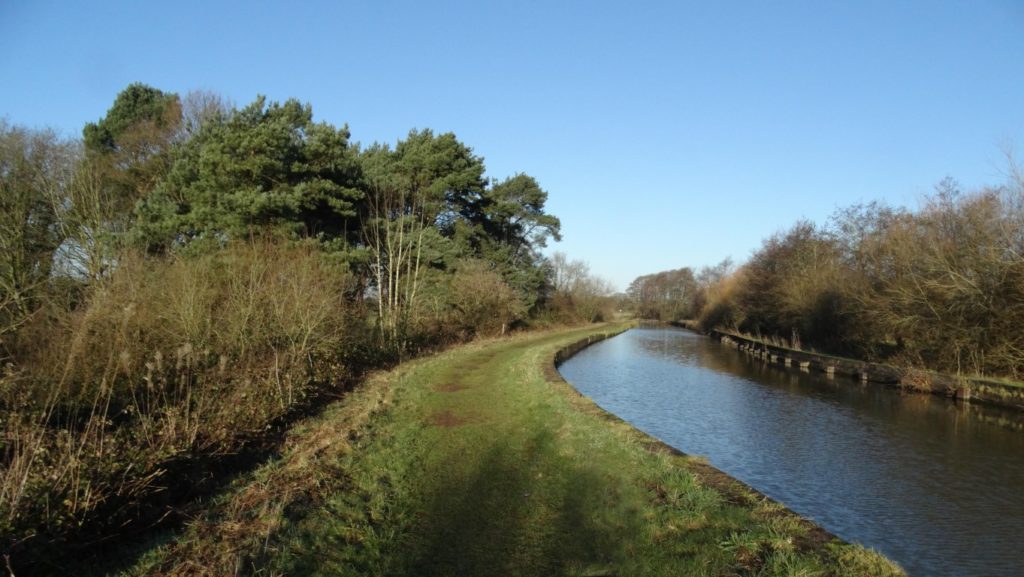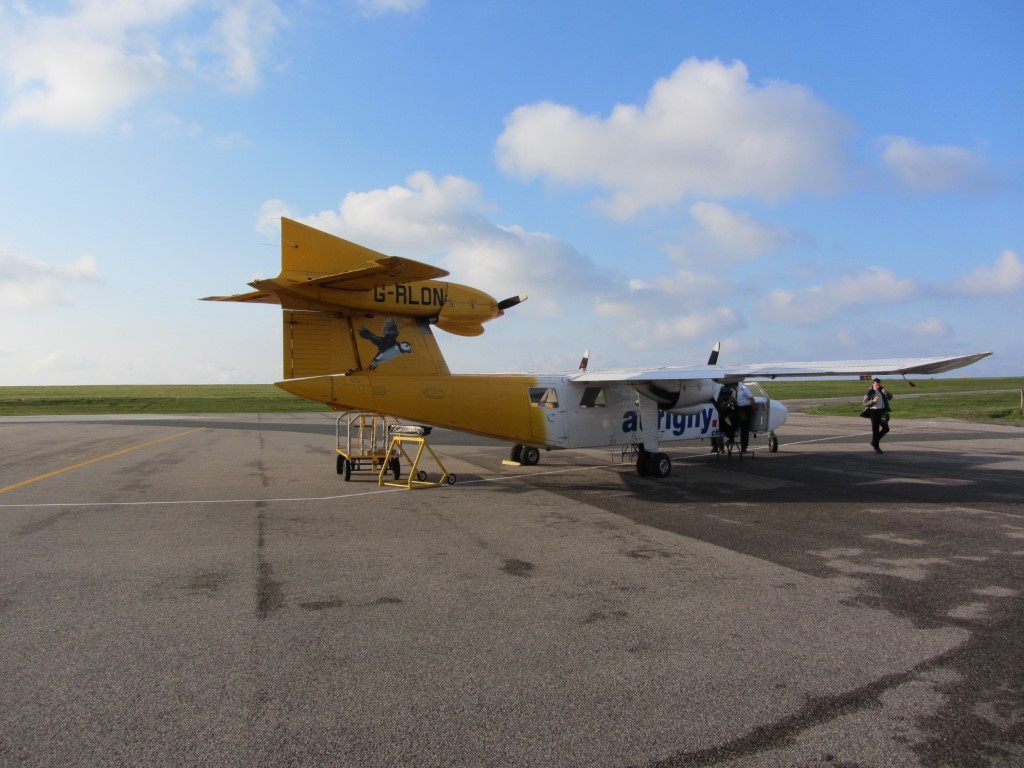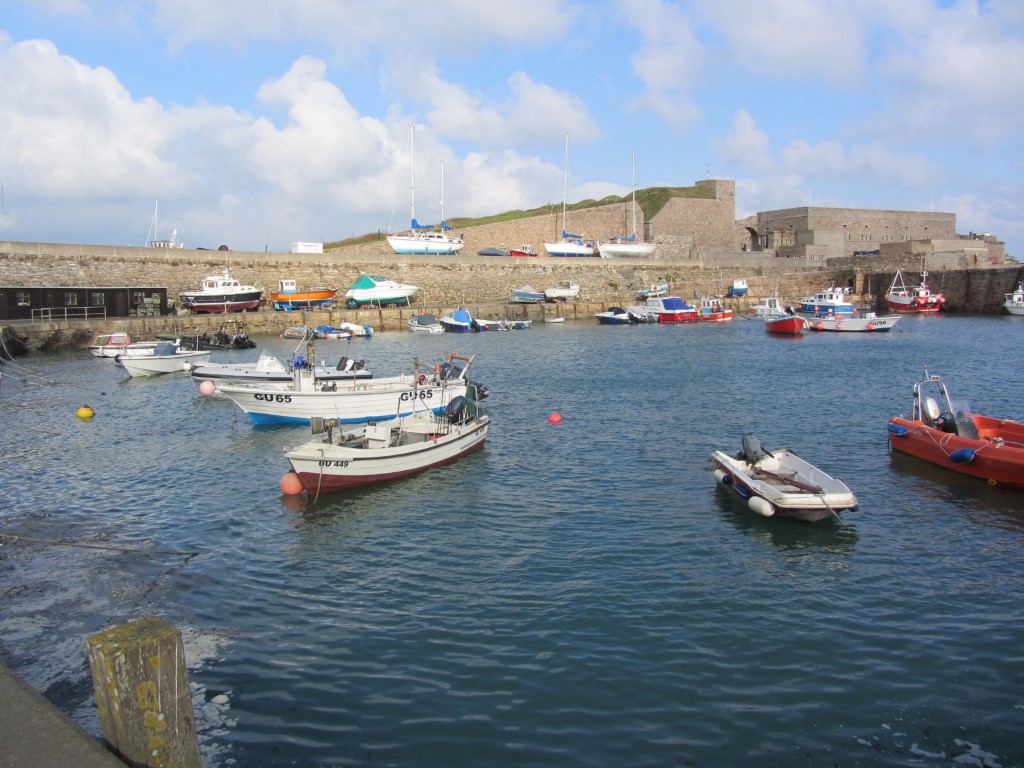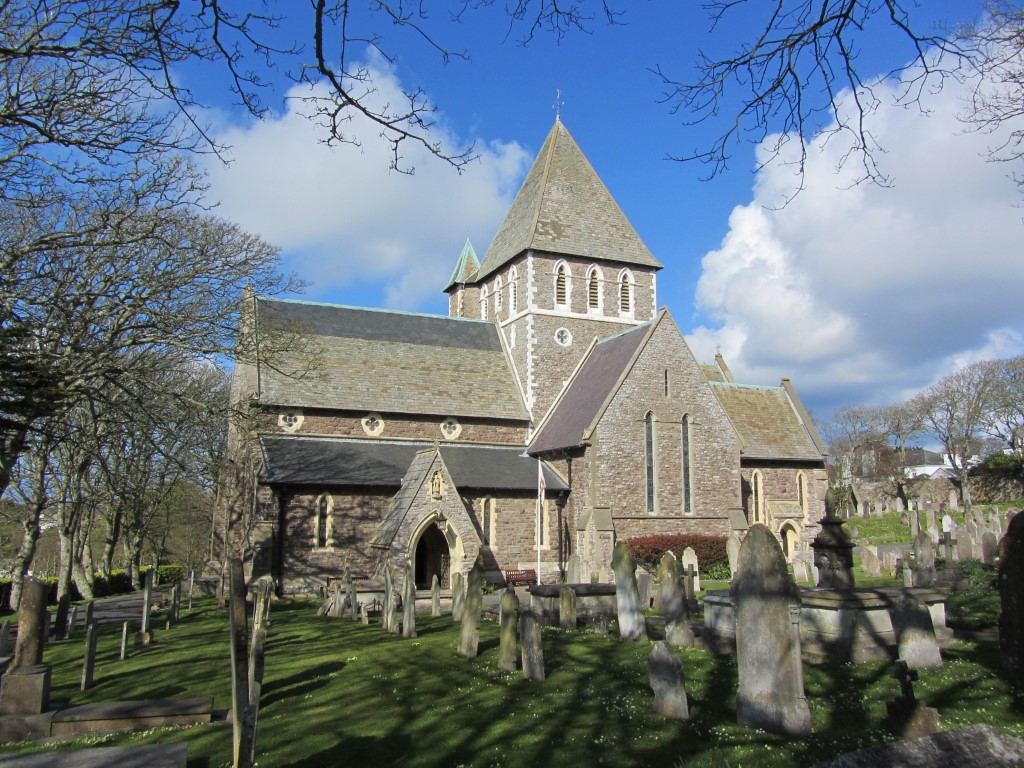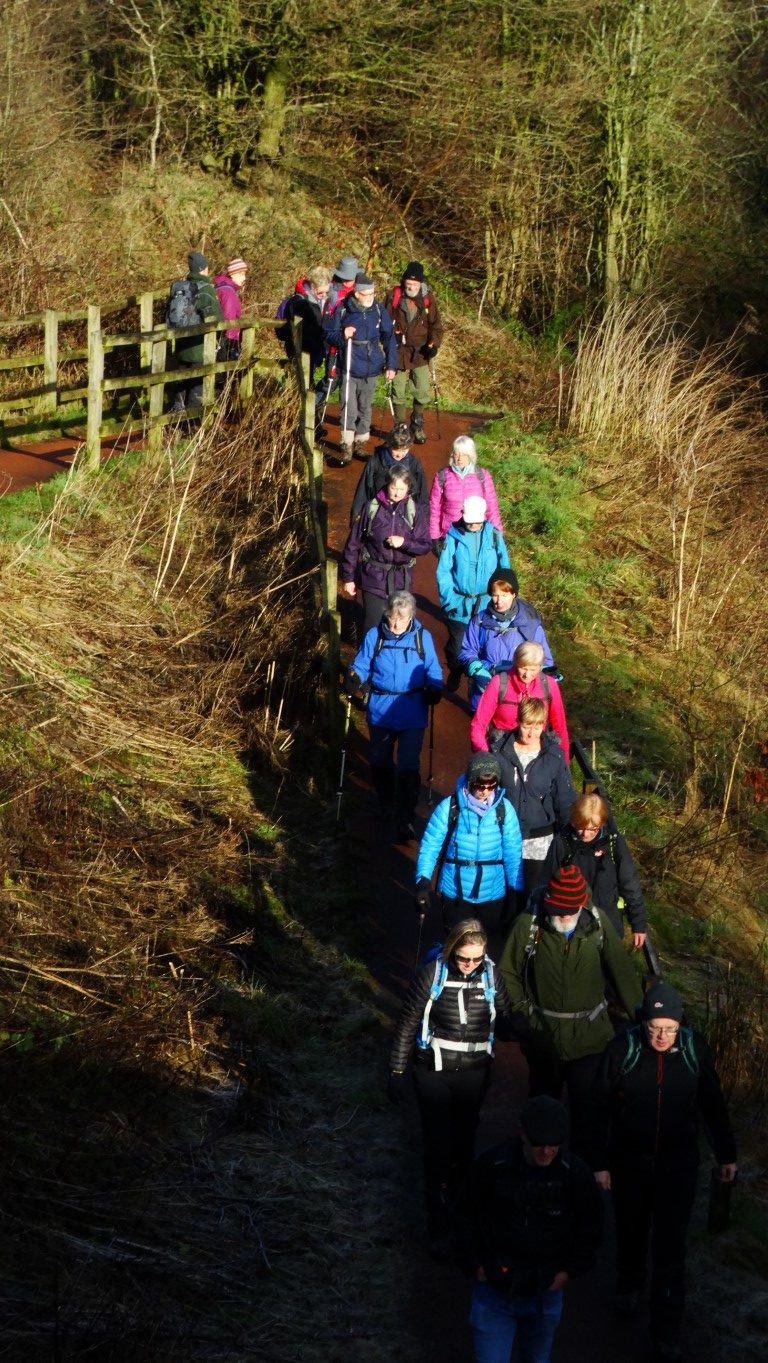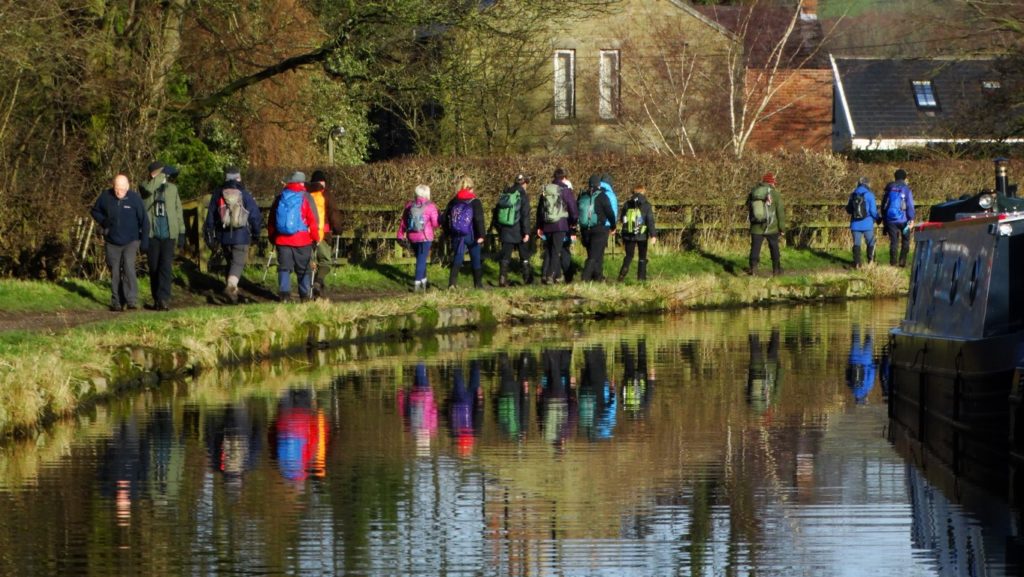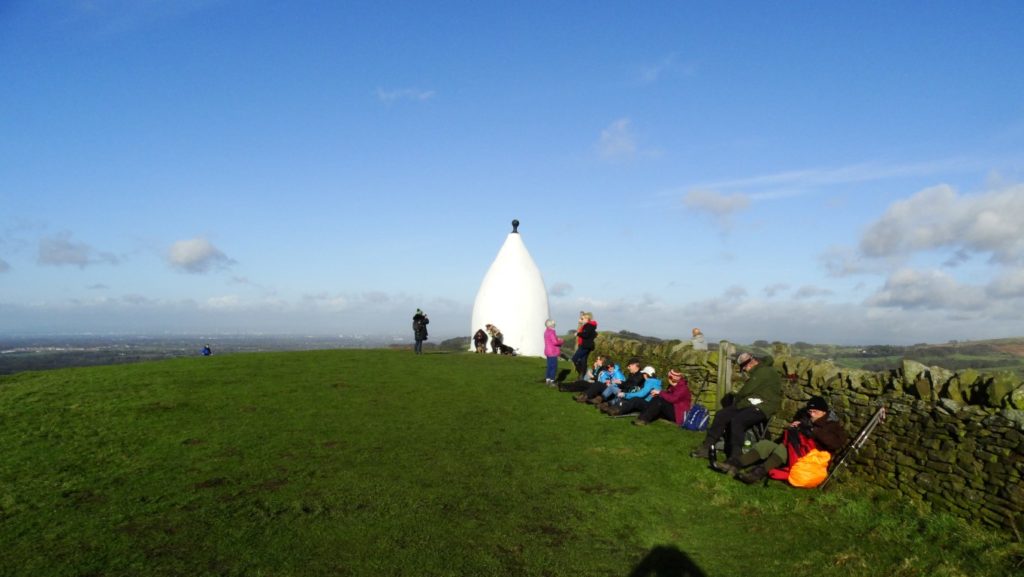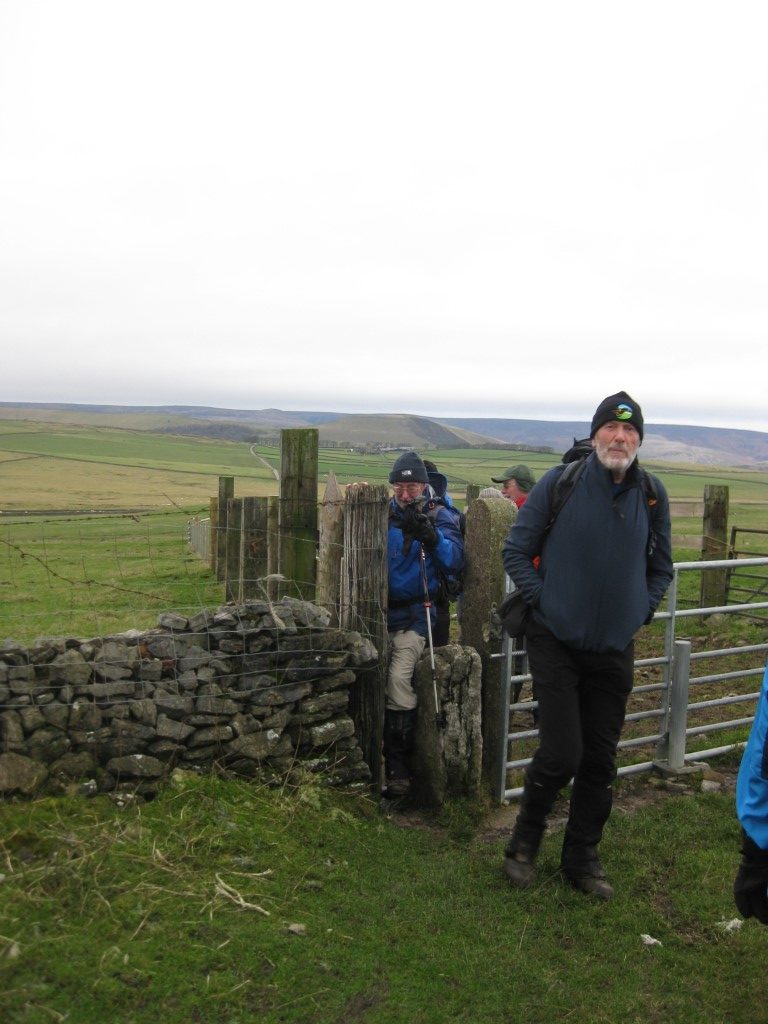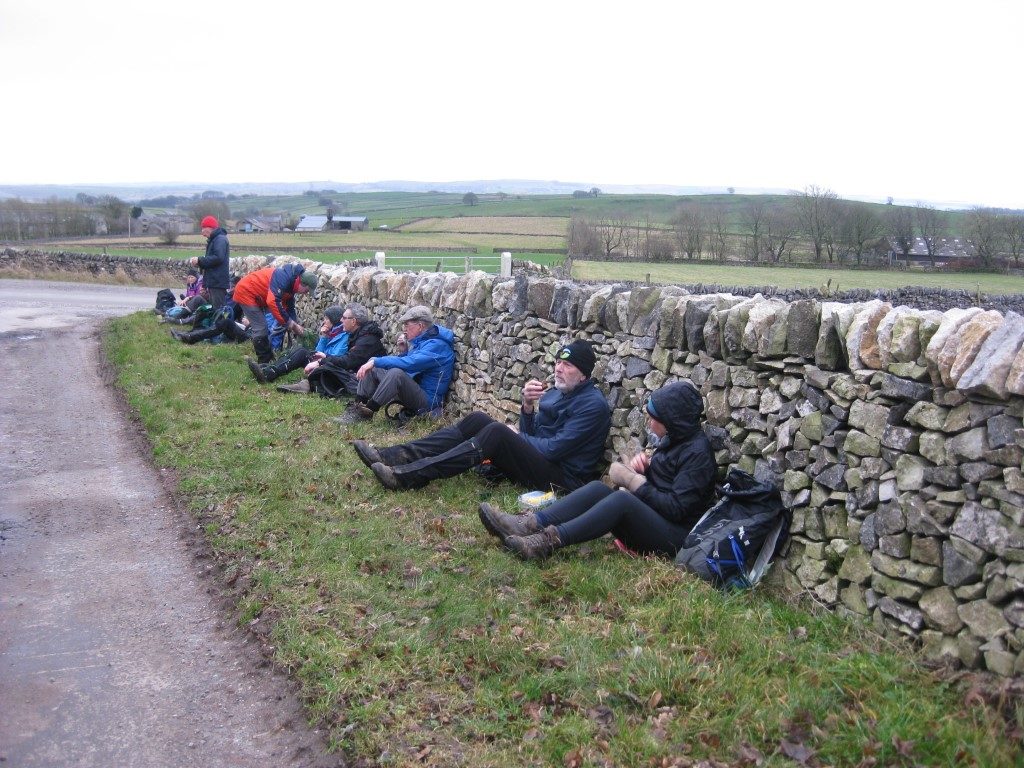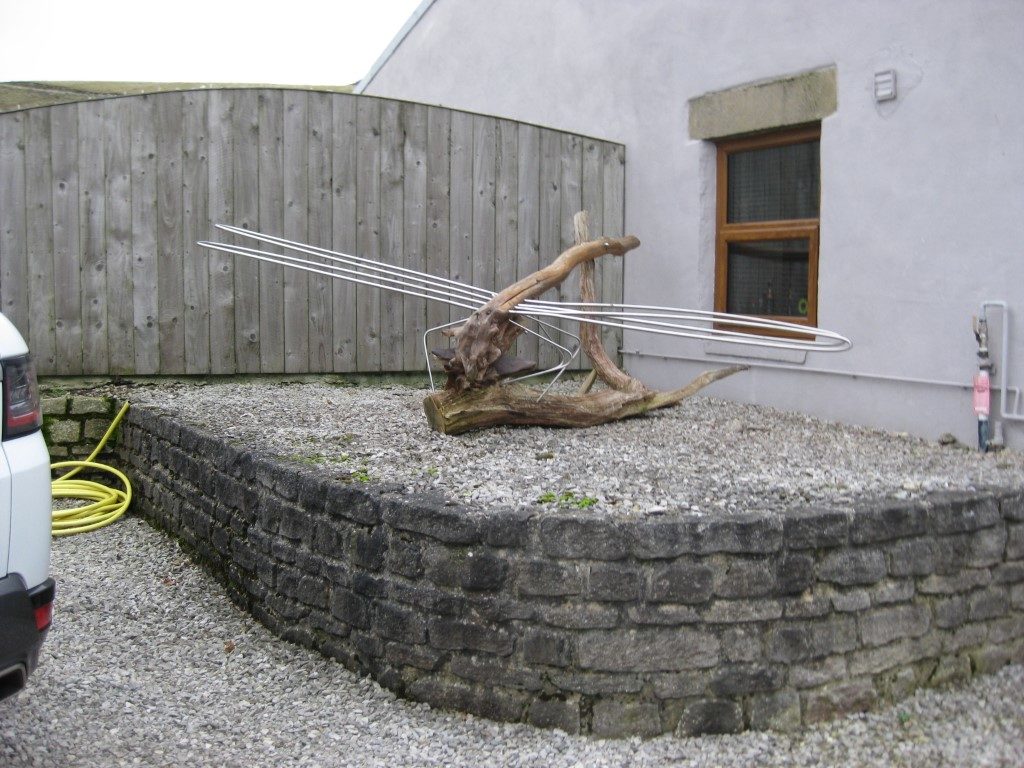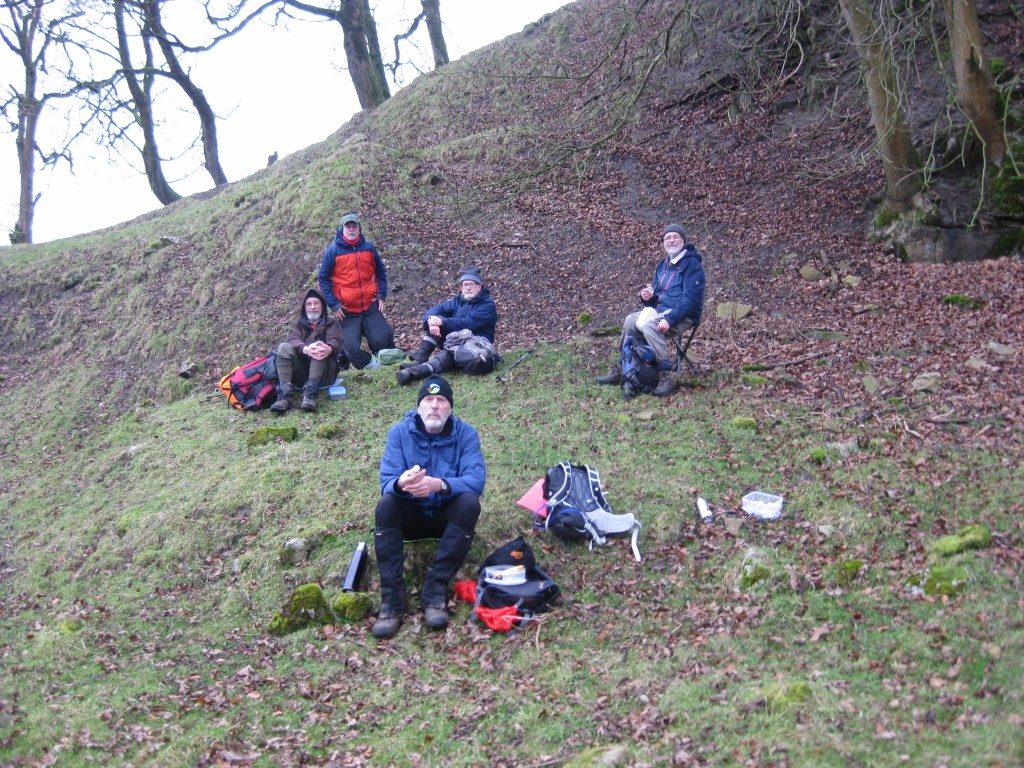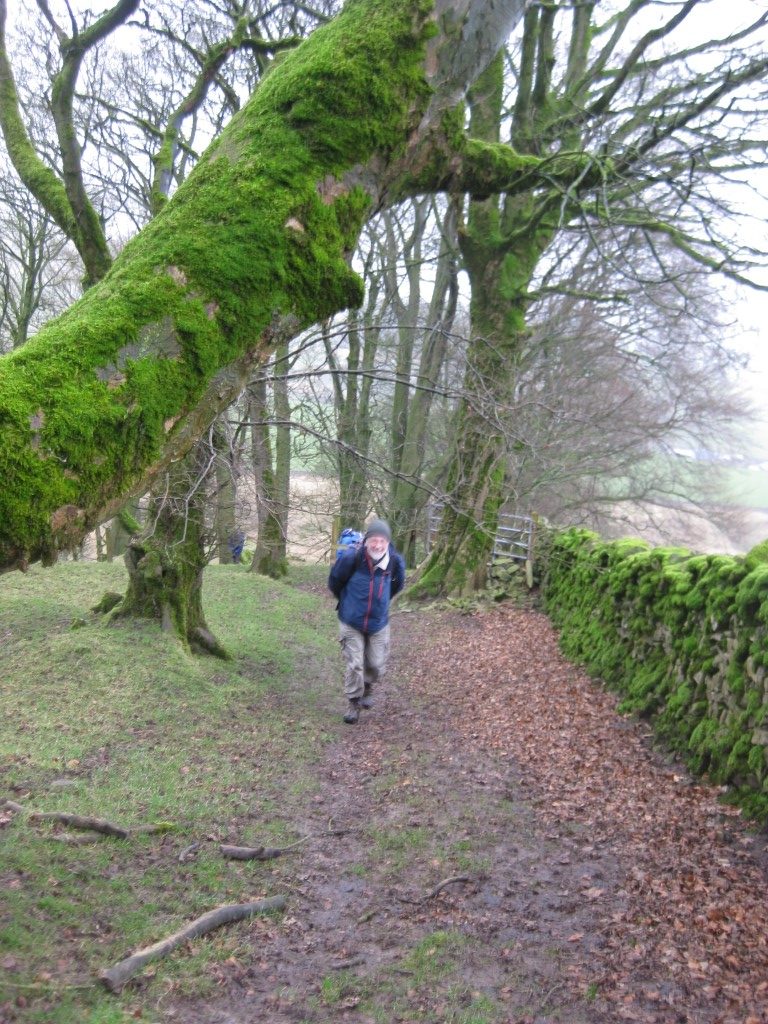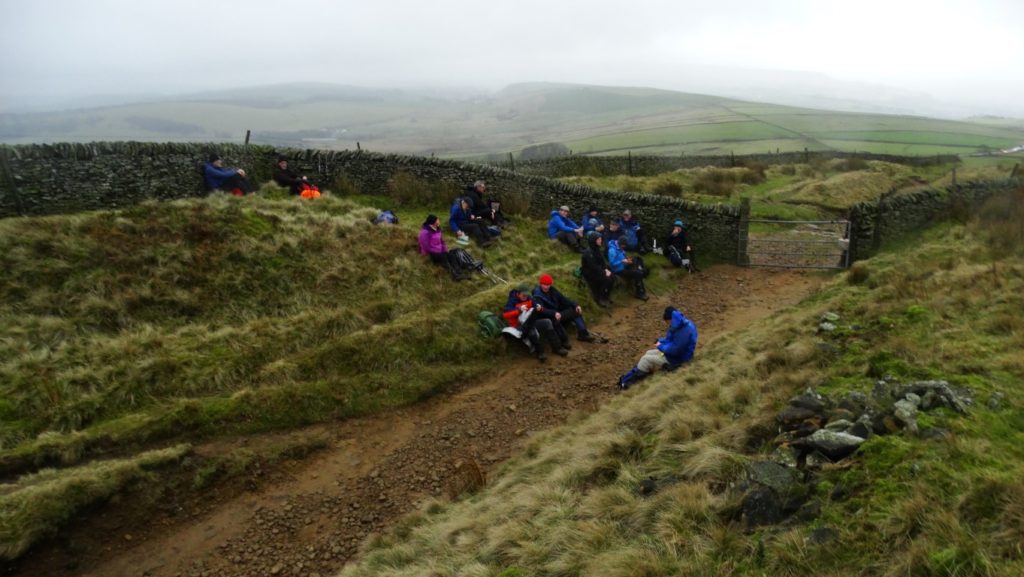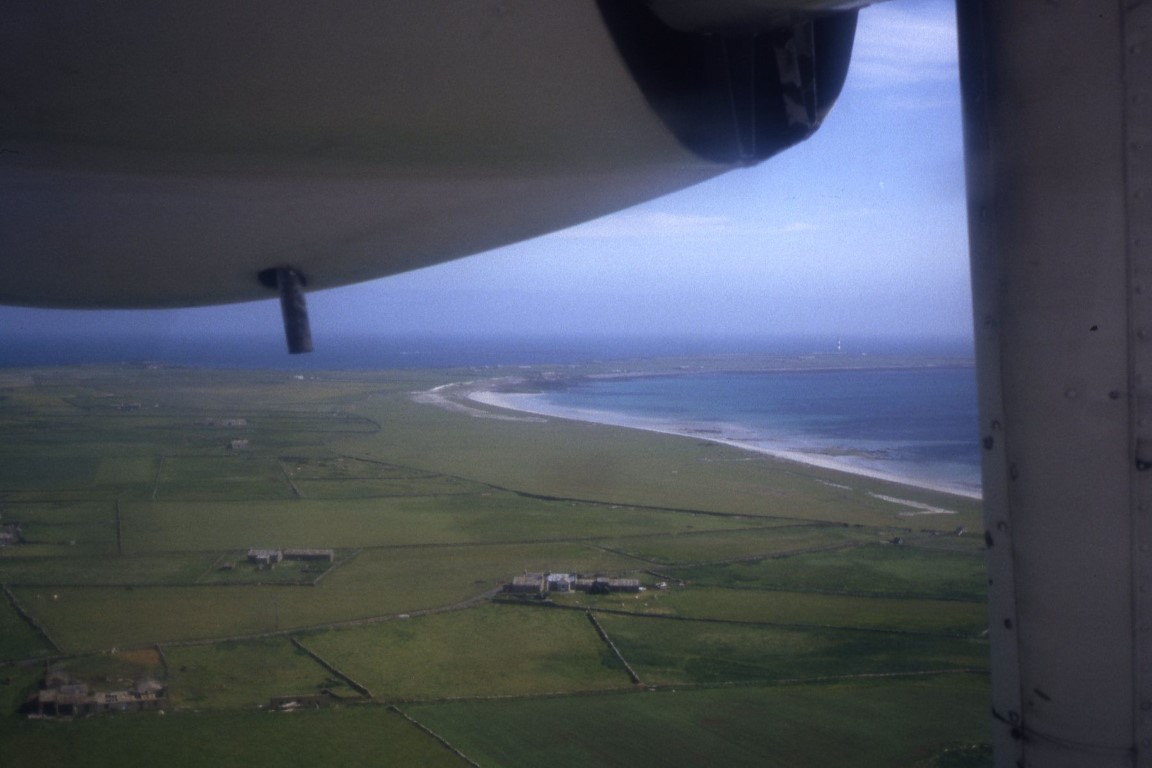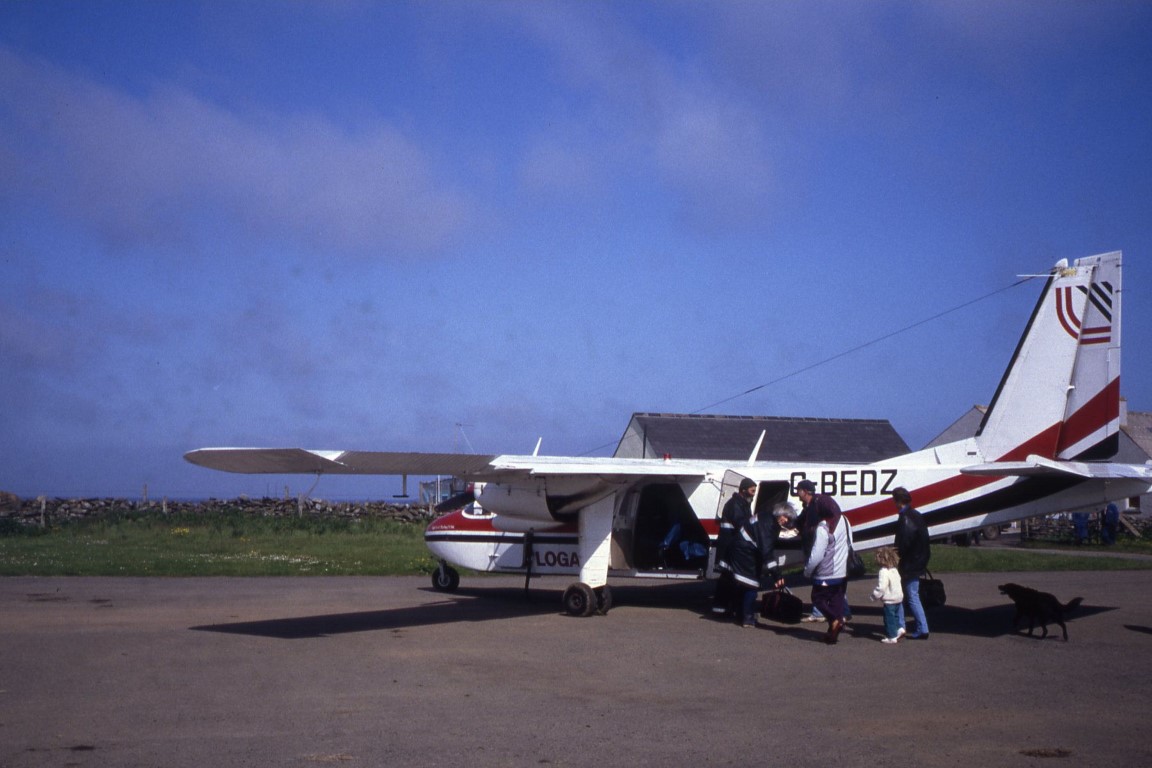It was just a thought that I didn’t really think would come to fruition. I was visiting Galway in the west of Ireland and decided to visit the Tourist Information Office. Now was it feasible to visit Irishmore, the largest of the Aran Islands the following day? The weather forecast was set for a fine day. My plan was to go by boat from Rossaveel, but this would leave precious short time to explore the island and in any case would mean that I wouldn’t get to the three places I really wanted to see – the ancient forts at Dun Eochla, the famous Dun Aonghasa which stands right on the edge of a vertical sea cliff and Dun Duchathair. These fine forts date back to around 1100BC. The Tourist Office suggested that if my time was limited then I could possibly fly out an back but this meant seeing if there were any spare spaces available. It transpired that there was a spare seat available for the outward and return flight but would I mind sitting up with the pilot. This was music to my ears and with no hesitation I booked the flight then and there.
It was a glorious sunny morning as I drove west from Galway to the tiny Connemara Airport and checked in for the 10am flight. We set off on the second of two Islander planes for the ten minute flight to Inishmore. It was just fantastic with a panoramic view of tiny islands all around me. At the islands’ airport a minibus was waiting to take our little group into Kilronan. This saved a one and a half mile walk. I had done calculations that if I wanted to see the three main forts on the island it would mean walking at least thirteen miles and that timing would be very fine. The minibus driver arranged to pick me up at 4.15pm at Kilronan so off I set at a brisk pace westwards along the main island road. Most people were wandering around Kilronan, the main village, visiting the variety of woollen shops whilst others were taking a ride by minibus or jaunting car to Dun Aonghasa. I wanted to walk and take in Dun Eochla, my first ancient fort. Standing at about the highest point of the island I had to take a small detour up to the old lighthouse then double back across several small fields to gain the fort. I had it to myself and it was a very impressive site. I couldn’t stop to long as I had a time schedule to keep to. I continued west along the main island road passing the occasional jaunting car before dropping down on a track to the northern coast. It seemed that I had been transported back a century in a landscape where the horse and cart seemed to be the main form of transport but there were many cyclists. Seals were out basking in the bay to the north. After a mile and a half of brisk walking I arrived at the sandy beach of Port Mhuirbhigh. My route now lay towards Dun Aonghasa. It seemed everybody was heading there and I soon passed the terminus for the jaunting cars. At the gift shop and information centre I bought a ticket then followed the enclosed stony path up hill along with everyone else. Dun Aonghasa lived up to its reputation. It was most spectacular, perched on the edge of a sheer 300 foot high cliff. This dry stone fort, rising to twenty feet in places was unbelievable and I was here in perfect weather. However, I did have to share it with almost every other nationality in the world. I was snap happy with the camera as everywhere you looked was worthy of a photograph. Despite the crowds, it was worth staying as long as possible to have my picnic lunch. An aircraft flew low over the fort which must have been truly spectacular from the air. Reluctantly I had to set off. I had one more fort that I wanted to see that of Dun Duchathair (The Black Fort). It was a good five miles away and I decided to walk via the road and track which crosses the southern side of the island. Away from the crowds one sees the true Aran, with men with scythes turning the hay and hay laid out in ‘stone’ fields to dry. On my route I was fascinated by the stone walling and the vast number of small fields some of which had hardly a blade of grass in. It was mile after mile of limestone pavement and one can imagine the hardship of working this landscape. I joined the road briefly south of Kilronan before taking a stony track to the south coast again. The coast was so spectacular, with massive curved overhanging cliffs, caves and arches. The fort at Dun Duchathair although not as complete as that at Dun Aonghasa was situated in a most spectacular location. I sat on the seaward side of it. The view was so spectacular that I didn’t want to leave. I attempted to return a similar way to Kilronan but went slightly astray in the maze of stone fields before I got back on course. My timing for the minibus was going to be fine. With a few minutes to spare I waited for the minibus in Kilronan, entertained by some young children busking by the war memorial. Waiting I did, with the precious minutes ticking by. As for the mini bus, it was nowhere to be seen and so in the end I just had to set off towards the airfield. There was no way was I going to get to the airfield on foot in time so I would need to hitch a lift from the first vehicle that came along. After a half mile I heard the minibus coming from behind. I stopped it and was relayed back to the airfield. It was a front seat again up with the pilot for the return journey to complete a most memorable day.









